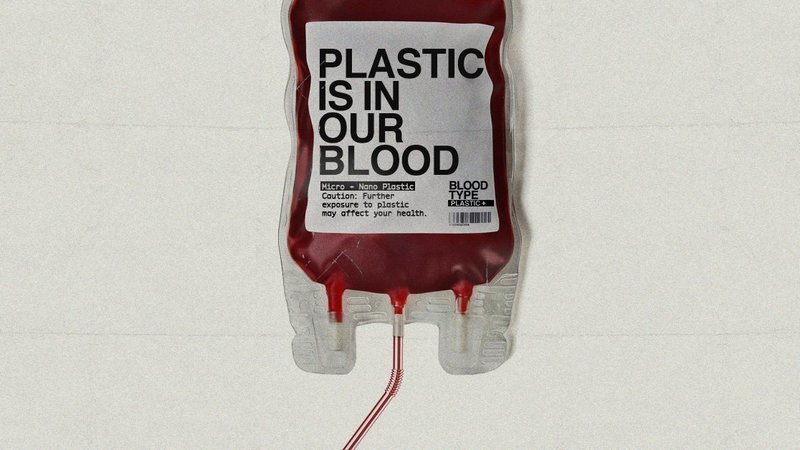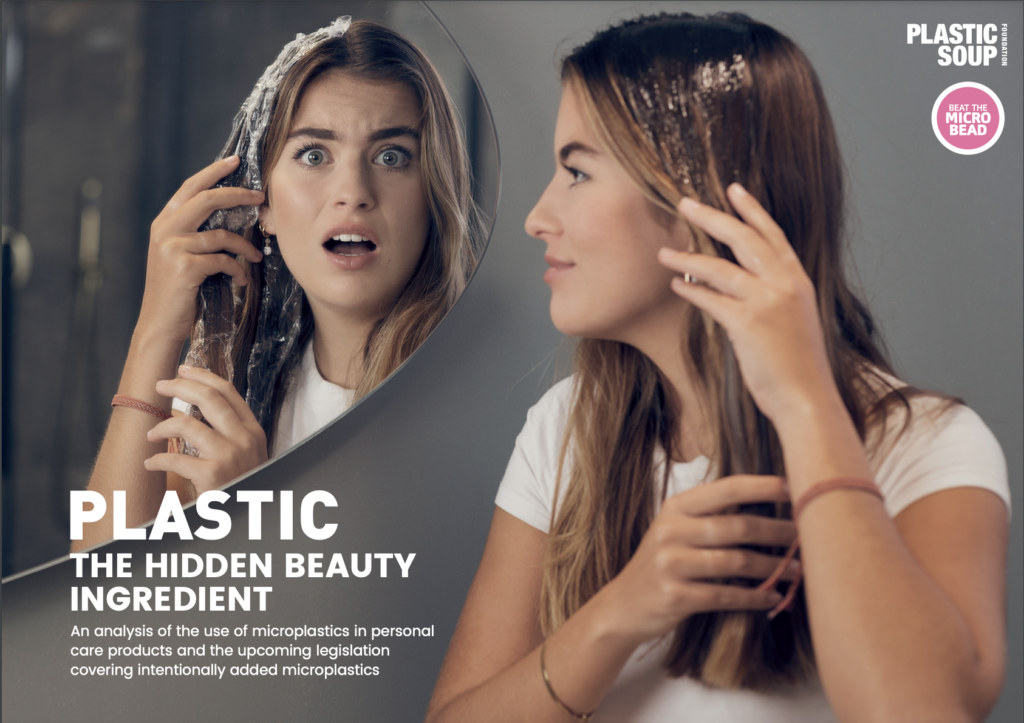Until recently, coverage of the impact of plastic pollution has tended to focus on marine debris and harm done to wildlife. Recent developments, however, indicate that the species most widely affected by plastic could well be us: humans.
A series of reports published over the last month highlight how far plastic has travelled – not only into the Antarctic, or the Mariana Trench, but deep inside our own bodies.
On 24 March, it was announced that 4 out of 5 people may already have tiny pieces of plastic circulating in their blood. 77% of the samples tested in a study funded by the NGO Common Seas came back positive for plastic – mainly PET, polystyrene and polyethylene – common plastics found in clothing and food packaging.
Common Seas admits the finding raises more questions than answers. Does the plastic accumulate in our bodies over time? Can it travel into our organs? Will it trigger diseases such as cancer? It has called on the UK government to invest £15 million (USD 19.7 million) in further research to uncover the links between plastic and our health. This research is urgently needed as many scientists believe that plastic may be the next public health crisis, much like asbestos and smoking in the past. Findings in lab conditions have already shown that microplastics cause damage to human cells.
In early April, another British study found that 11 out of 13 people sampled had microplastics lodged deep inside their lungs. The study was the first of its kind conducted on tissue from living people, who were undergoing surgery. Here, the most common particles found were polypropylene (23%) and PET (18%), again both common types of plastic to which we are exposed on a daily basis. Two previous studies had found microplastics at similarly high rates in lung tissue taken during autopsies.
Although it has been known for some time that microplastics can be inhaled, this is the first time that they have been found in the lower regions of the lungs. According to one of the report’s authors, Laura Sadofsky, they should normally have been trapped or filtered out of the airways before getting that far.
The final report, released by Plastic Soup Foundation (PSF) on World Health Day, 7 April, gives us an indication of another way plastic may be entering our bodies. We are literally rubbing it into our skin, hair and teeth! PSF’s analysis of 7,704 cosmetic products from popular brands in the EU revealed that 9 out of 10 contained some form of microplastics.
Microplastics are commonly defined as solid particles, under 0.5mm in length. They usually come from textiles (fibres shed from synthetic clothing, carpets etc.), larger pieces of plastic that have degraded, or – in the case of cosmetics – “microbeads”. Microbeads are tiny pieces of plastic (usually polyethylene and polymethyl methacrylate) added to products to aid exfoliation.
What PSF discovered was that there are also plenty of invisible microplastics in our products. Liquid and semi-liquid polymer-based ingredients are routinely and deliberately added to help foam, smooth and bulk out various toiletries and treatments. As these are blended in, they can’t be seen: they are only discovered by reading the small print on the ingredient list. In some cases, up to 90% of a cosmetic product may be comprised of microplastic ingredients.
In the report, Plastic: The Hidden Beauty Ingredient, PSF calls for the EU to expand its current definition of microplastics, which will be used to regulate the cosmetics industry, to include liquid and semi-liquid plastics as well as solid plastic particles. This will, they say, close glaring loopholes and make our personal products safer for both the environment and our health.
The cosmetic industry in Europe alone uses 8,700 tonnes of microplastics every year, with an estimated 3,800 tonnes going down the drain and into the waterways. At least some of the rest will be in our bodies – and the health impacts remain unclear. Right now, reducing the amount of plastic we produce and use, in both products and packaging, is the safest option to protect ourselves and future generations from harm.
If you’d like to take further action, both Common Seas and Plastic Soup Foundation have petitions to which you can add your voice. Click on their names to sign.



Join the conversation